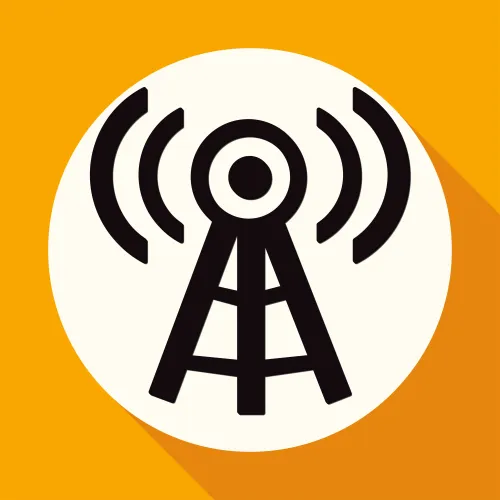ED Coding and Reimbursement Alert
Use This Advice to Successfully Query Physicians
Keep provider interactions as simple as possible.
If you require additional information from a provider but are too intimidated to ask — or you don’t get answers you need — it can have a negative effect on your coding. If you discover what you can do to navigate querying a provider with confident, concise communication, you’ll reap the benefits of cleaner claims.
“If you can establish a relationship with your provider, you’ve done 75 percent of the work in coding and querying,” Emily Schmidt Barnette, CPC, CPC-P, CDEO, CPB, CPMA, CRC, CPC-I, said during the 2023 HEALTHCON presentation, “Communicating with Providers.”
Check out this advice on keeping the communication channels open with providers in case you do need to query them.

Know the Common Reasons to Query
You may need to query your provider for any of the reasons below:
- Legibility: If you as the coder cannot read and input the information, you will need to query.
- Completeness: At times, there may be clinical indicators such as diagnostic labs, imaging, pathology, or prescribed medications found within the patient’s medical record. If they, or other elements of medical care are not documented by the provider, you should query.
- Clarity: Oftentimes, signs and symptoms may be reported or present in the medical record, but your provider hasn’t established a definitive condition, which could be a reason to query.
- Consistency: Consistency involves variances within the medical record. If there are any inconsistencies in the notes from the beginning to the end of the encounter, you need to query.
- Precision: Although ICD-10 gave us an opportunity for increased specificity in code assignment, to assign codes to the highest level of specificity, we must have matching and supporting documentation.
Know How to Present a Query
Queries may be written or verbal and generated in one or more of the following ways:
- Concurrent (while the patient is still under treatment)
- Retrospective (post encounter)
“The technique of writing a query is critical in ensuring clear and precise communication to a provider. Make sure that the question you are asking makes sense with the information you are providing as support. I like to use ‘specify and clarify’ in my queries, but any language will work provided the doctor understands the query,” says Vida Rothstein, RHIT, CCS, AAPC inpatient auditor for Audit Service Group in South Bend, Indiana.
All queries should then follow the same format whether they are written, emailed, or delivered over the phone, stressed Schmidt Barnette. They should:
- Be clear, concise, and non-leading;
- Contain simple and direct language;
- Itemize the clinical indicators or clues from the health record, and
- Contain all the patient’s identifying information such as name and date of service, as well as clinical findings with supporting documentation that results in a specific question for the provider.

“It’s important to avoid leading the provider with your language. “You want to avoid saying things like, ‘Please document if you agree that the patient has _________,’ and instead ask questions that will help you narrow down the correct coding,” Schmidt Barnette suggested. You should ask more specific questions like, “Based on your clinical judgment, can you provide a diagnosis that represents the below listed indicators?” to get to the correct diagnosis.
It’s essential to use compliant query templates for written and emailed queries, as Schmidt Barnette emphasized during the presentation. This ensures consistency and accuracy in documentation across the entire office.
Consider These Generic Queries
Suppose you need to query a provider regarding a recent procedure. Here are a few examples of questions you might want to ask:
- Can you provide more detail about the specific procedure that was performed?
- Where was the procedure performed?
- Can you clarify the approach that was used during the procedure?
- Were there any complications during or after the procedure that should be documented?
- Can you provide information about the expected recovery time and any postoperative care instructions?
- Were any additional procedures or treatments performed during the same visit that should be documented?
- Can you provide documentation of the medical necessity and any supporting diagnostic tests or imaging studies?
In short, “educating the provider that there are certain circumstances and certain terminologies helps reduce what I call physician query fatigue,” Rothstein says.
Always Be Respectful
It’s important to keep in mind that tone is so much of communication. “Always be respectful of their time and highlight the mutual benefits of coding correctly … and don’t lecture. Be personable, don’t be a coder, don’t be a robot who just spits out coding guidelines, it just makes the whole thing easier,” Schmidt Barnette said.
She reminded her audience that both the coder and the practitioner bring different skill sets to the table that are mutually dependent upon each other and stressed the importance of encouraging teamwork. Being open to listening, asking meaningful questions, and understanding the value of each other’s time is also key to successfully querying the practitioner.
Related Articles
ED Coding and Reimbursement Alert
- Procedure Coding:
Tap This Advice for Spinal Puncture Coding Success
Often, decision to perform puncture made during ED E/M. If you’re not careful, encounters involving [...] - ICD-10 Coding:
Make Migraine Concerns Disappear With Dx Coding Smarts
Deep dive into characters required for accurate Dx selection. There aren’t many diagnoses that are [...] - Documentation:
Use This Advice to Successfully Query Physicians
Keep provider interactions as simple as possible. If you require additional information from a provider [...] - You Be the Coder:
Multiple Plantar Wart Destruction
Question: What is the proper code for destruction of three plantar warts from a patient’s [...] - Reader Questions:
Use This Guide to Acute Laryngitis, Tracheitis Dx Codes
Question: Encounter notes indicate that the physician treated a patient with ‘acute subglottic laryngitis.’ What [...] - Reader Questions:
Get More Info Before Coding Serous Otitis Media
Question: Encounter notes indicate that during a level-three ED evaluation and management (E/M) service, the [...] - Reader Questions:
Keep Up With PHE Types
Question: Are all public health emergencies (PHEs) the same? Do they carry the same flexibilities [...]




